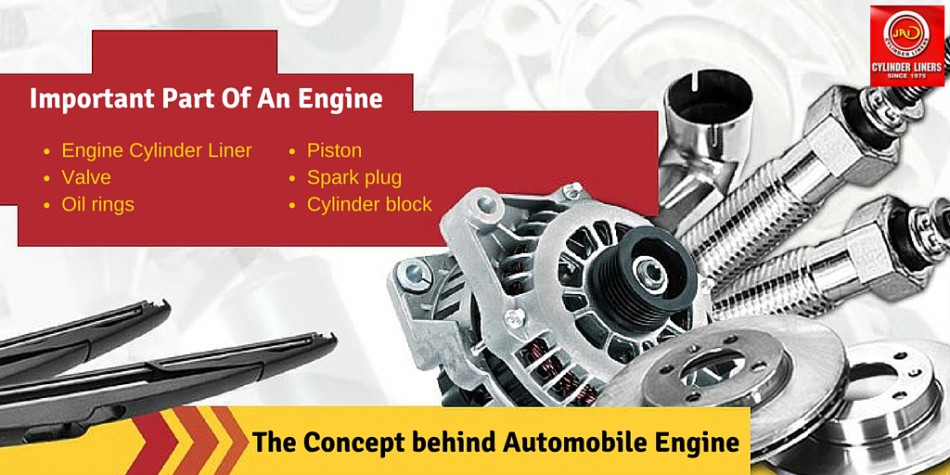The engine gives lifelike power to Automobiles. The collaboration between engineering and physics in a mix makes an engine, which powers the vehicle. Days and months of research put to the test when the design is carved and assembled to make a single piece. From Engine cylinder liner to valves, each piece comes together to make a complete engine. Engines can vary in power and features depending upon the design and car requirements. But the most basic concept of valves, Piston and engine cylinder liners used in an engine remains universal. From Aircraft to buses and cars, they all use the engine as powering unit running on fuel like petrol and diesel.
Use of Engine:
It is a motor or machine which is used to convert a form of energy into mechanical energy. Engines use fuel to burn and provide energy for motion. Engines can be modified to do many things aside from automobiles as well. But most prominent function an engine play gives power and motion to a vehicle.
Important Part of an Engine:
A car engine is built around the “cooking pots” known as cylinders. The cylinders can range from two to twelve depending upon the car and performance needed but the standard is 4 or 6. The parts of the engine are made of strong metal and sealed shut. The Inlet valve allows fuel to come in while outlet valve let the exhaust gases escape. At the top of the cylinder, a spark plug is placed to ignite the fuel.
- Engine Cylinder Liner
- Valve
- Oil rings
- Piston
- Spark plug
- Cylinder block etc.
Different Type of Engines:
There are many types of engines which power aircraft and rocket to normal automobiles. All are designed for the specific job. But the purpose of the engine remains the same i.e. give power to the machine.
- Internal combustion engine
- Petrol engine
- Diesel engine
- Reciprocating engine
- Aircraft engine
- Automotive engine
Working of Engine:
- Intake: The piston is pulled down inside cylinder due to the motion of crankshaft and the inlet valve open to take in the fuel for the combustion purposes. Cylinder let the air and fuel to mix for the reaction needed to produce energy.
- Compression: The inlet valve closes and moves upward in cylinder and compresses making it much more flammable. When the piston reaches the top of the cylinder, the sparking plug fires. Engine cylinder liner inside protects the engine parts from getting exposed to the reaction.
- Power: The spark ignites the mixture of fuel and air causing a mini explosion. It burns quickly forming the gas that moves the piston back down. Energy released by the fuel powers the crankshaft.
- Exhaust: As the outlet valve move, crankshaft continues its motion. Due to this, the piston is forced back up by letting the gas out through exhaust outlet valve. The all four steps continue again giving power to the vehicle.
Alternate Fuel Options for Engines:
- Hydrogen
- Gasoline
- Diesel
- Kerosene etc.
But we still use gasoline due to the fact it packs more energy per kilo than any other fuel found on the planet.


